As with all aspects of dog training, it is best to take a step-by-step approach when teaching your dog to shake hands. Those steps are outlined below.
1. Develop a Solid Trusting Relationship with Your Dog
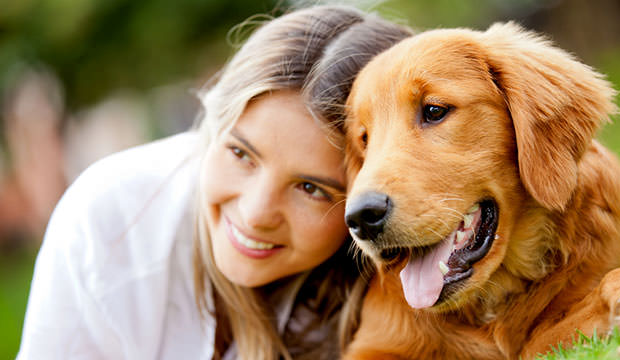
Before you attempt any type of trick training, you should first develop a solid trusting relationship with your pet. The more your pet trusts you and understands your body language, the easier it will be to teach not only basic obedience but advanced tricks as well. Taking the time to lay a solid foundation now will pay off later.
Trick training is a more advanced subject than basic obedience, and it is important to take things in their proper order.
2. Sign Your Dog Up for a Basic Obedience Course
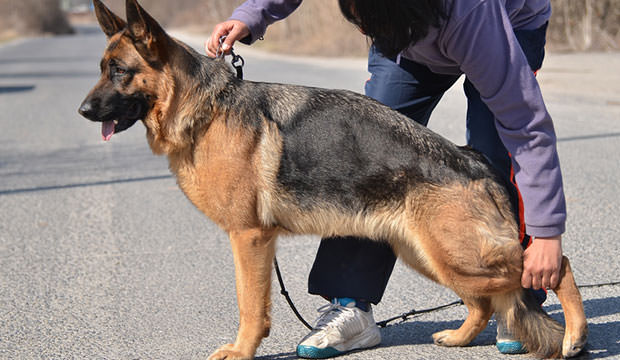
If you have not already done so, now is the perfect time to sign your dog up for a basic obedience course. If you are working with a new puppy, a puppy kindergarten course can give your four-legged friend a solid foundation to work from. If you have an older dog, basic obedience training is even more important, since the dog may have missed out on those basics in its younger life.
Trick training is a lot of fun, but it is not a substitute for basic obedience and safety training. A dog that knows how to stop and stay, come when called and sit on command is safer to be around. It will also be easier to work on trick training if your dog already has the basics down.
3. Experiment with Food Rewards
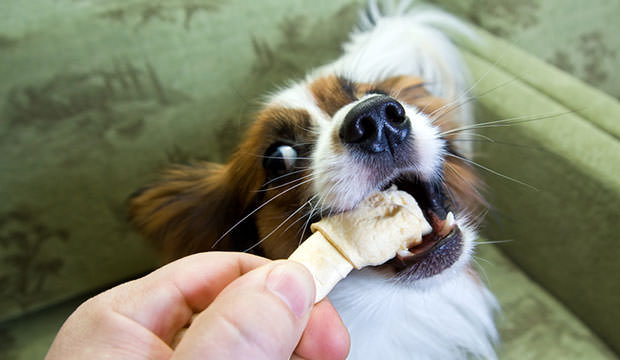
Dogs are food-oriented creatures, and you can use that to your advantage. Treats play a big role in teaching any kind of trick, including shaking hands. Taking the time to find which treats your dog prefers will make all your trick training easier and more effective.
Head to the local pet store and buy an assortment of treats to see which one your dog likes best. Some pet stores have treat bars with various types of biscuits and chewy goodies. That makes it easier to taste test several varieties and find the one your dog prefers.
4. Ask Your Dog to Sit
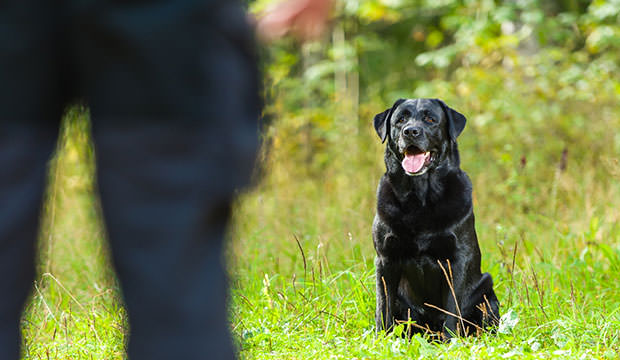
Place your dog in front of you and ask it to stay. The sit and stay commands you worked on previously will really come in handy here. Make sure you have your dog’s full attention before you begin.
It will be very difficult to continue with the training if your dog is not totally focused on you. Place one of your dog’s favorite treats between your thumb and your palm. Hold your hand out so the dog can see the treat, but stay far enough away that your pet cannot simply grab the food and disappear.
5. Move Toward Your Dog
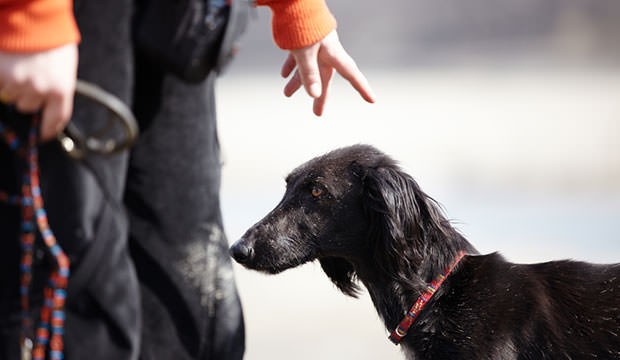
Slowly move the hand with the treat toward your dog. Make sure the dog does not grab at the treat. You may need to use the obedience training basics you previously developed to keep your dog from grabbing at the treat.
Do allow the dog to sniff and nose at the treat in your hand, but keep a careful hold on the food. Eventually the dog should move on from sniffing and nosing to pawing at your hand. Once your dog is pawing at the hand with the treat, you are ready to move on to the next step.
6. Give Your Dog a Treat
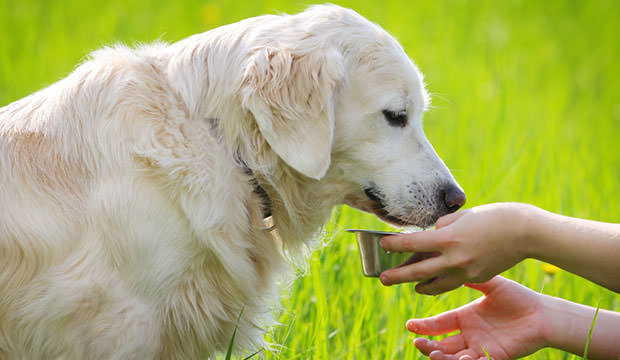
When your dog paws at the hand containing the treat, it is time to reward him, but not with the treat he has been pawing at. Instead, take a treat from your other hand and give it to him. It is helpful to fill your opposite pocket with a few treats while you are working on this treat.
Your dog will smell the treats, and that will keep him interested in the training session. You will also have the needed rewards close at hand, making the training session easier and more effective.
7. Repeat the Process
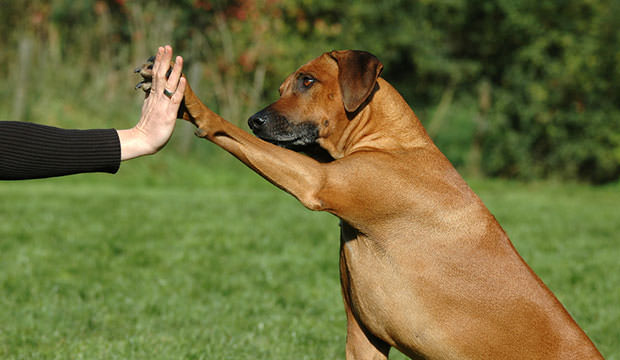
Once your dog has pawed at your hand and received his reward, it is time to repeat the process over and over again. Dogs learn by repetition, and repeating the trick often is the best way to cement it in his mind.
You do not have to do this all at once. You can repeat the training steps five or six times in a row and then give your dog a break. You can also incorporate the trick into other obedience training to make things more fun and varied for your dog.
8. Test the Training without the Treat
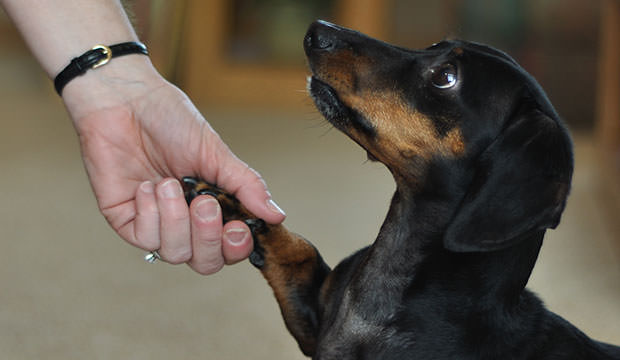
By this time your dog should be consistently offering his paw every time he sees the hand with the treat coming toward him. If the reaction is not yet consistent, you need to do more repetitions until it is totally automatic.
Once the hand shaking reaction is automatic, try offering your dog your hand just as before, but without the treat in place. Test the dog’s reaction to see if he offers his paw as before. If he does, give him a treat from your other hand, just like you did before.
9. Try the Trick with an Open Hand
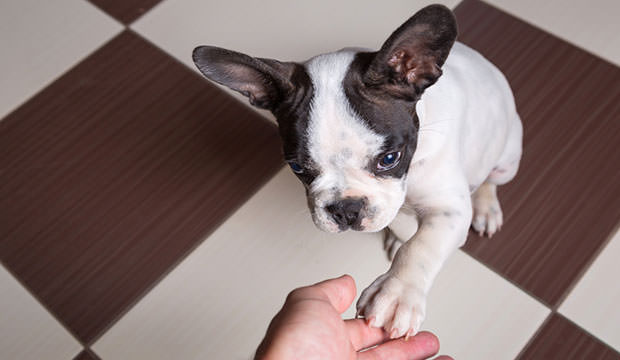
After your dog is consistently offering his paw to shake hands without a visible treat present, it is time to move on to the next step. Start by placing your hand palm up and moving it slowly toward your dog.
Wait for your dog to extend his paw toward you; he should do it just like he did when you were holding the treat. If not, go back a few steps until the other action is more consistent. Reward your dog with the hidden treat when he extends his paw to shake on to your flat palm.
10. Introduce a Verbal Cue
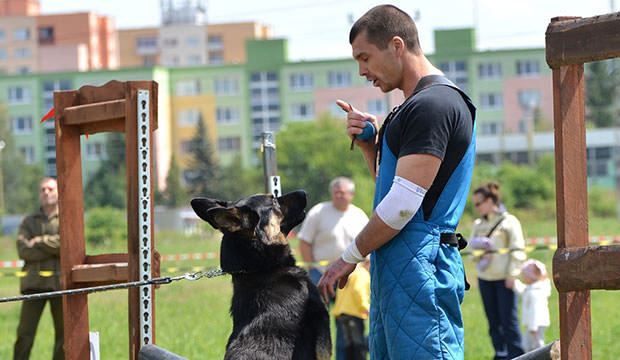
Once your dog has mastered the art of shaking hands with your palm flat and no treat in sight, it is time to move on to the verbal cue. You will need a solid verbal cue to make the hand shaking trick effective for you and fun for your friends to watch.
Start by extending your hand palm up as you did before. Use your chosen verbal cue, like “Shake” or “Shake Hands” and pause for a moment or two. Offer your hand to the dog again and give him a treat when he offers his paw.
11. Reduce the Treats
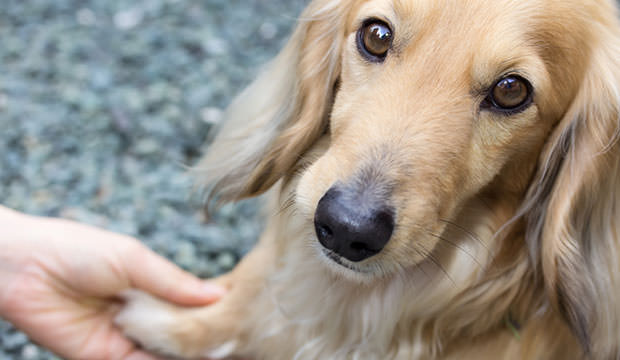
While the reward is an important part of training your dog to shake hands, you should be able to slowly reduce the amount of treats you give when the dog does as you ask. You can start by rewarding the dog every other time he shakes hands instead of every single time.
If the dog is still consistently performing the trick, you can move from every other time to every third or fourth time. Eventually your dog will continue to shake hands just because he wants to.
12. Use Your Dog’s Natural Instincts to Your Advantage
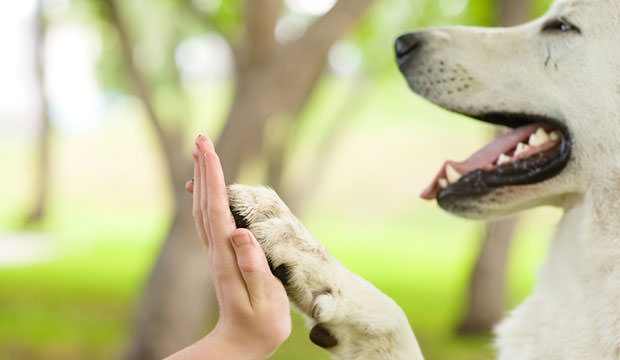
By now you should know that your dog is very food-oriented, and he may try to get treats by initiating the hand shaking trick. That is actually a good sign, and an indication that your dog has learned the trick, but you need to be careful how you react.
When your dog paws at your hand and attempts to shake hands, hold your hand out with palm up as you did before and give your verbal cue. Wait for your dog to shake hands and then offer him the treat as a reward.
13. Start Introducing Distractions
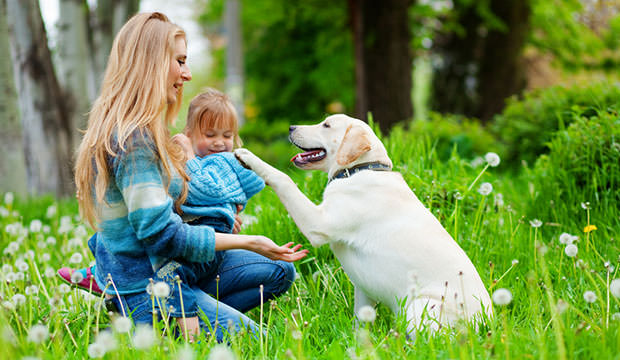
Dogs are very food-oriented, but they can also be easily distracted. Eventually you will need to be able to perform this trick for friends and family members, and there may be lots of things happening in the room at the time.
Slowly introduce distractions as you shake hands with your dog, from kids running around the room to other people walking by. Continue working with your dog until he gives you your full attention and responds to the verbal hand shaking cue consistently and flawlessly.
14. Teach Other Family Members the Trick
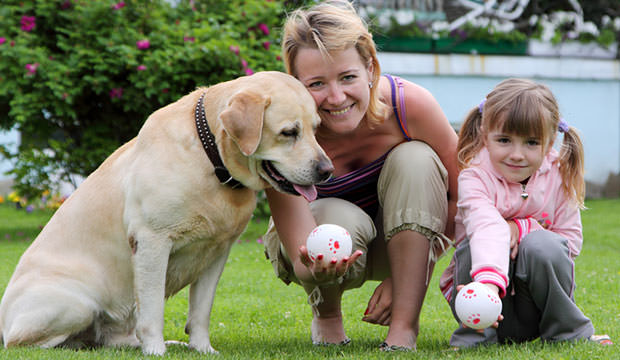
Part of the fun of teaching your dog a trick like shaking hands is showing the other members of the family how to do it. Once you and your pet have mastered the hand shaking trick, try teaching every member of the family to do the same thing.
You do not have to go back to the first step; the other family members can start with the extended palm and verbal cue. Make sure they have a hidden treat ready to give the dog when he successfully shakes hands.
15. Demonstrate the Results
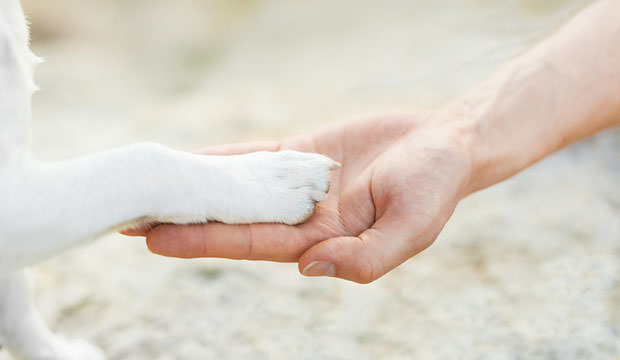
It is now time to show off all your hard work. Test your dog one final time to make sure he is performing the hand shaking trick consistently time after time.
After you are certain your dog understands the trick and responds properly, try to minimize distractions around the house. You will have worked on performing the tricks with lots of activity around, but keeping those distractions to a minimum is still important.
Wait until your friends are settled In, and then demonstrate your training skills by asking your dog to shake hands.

My dog simply will not paw at the treat. She just stares at me. I held the treat out for her for at least 20 minutes and all she did was lick it. Is there another way to teach her how to shake?